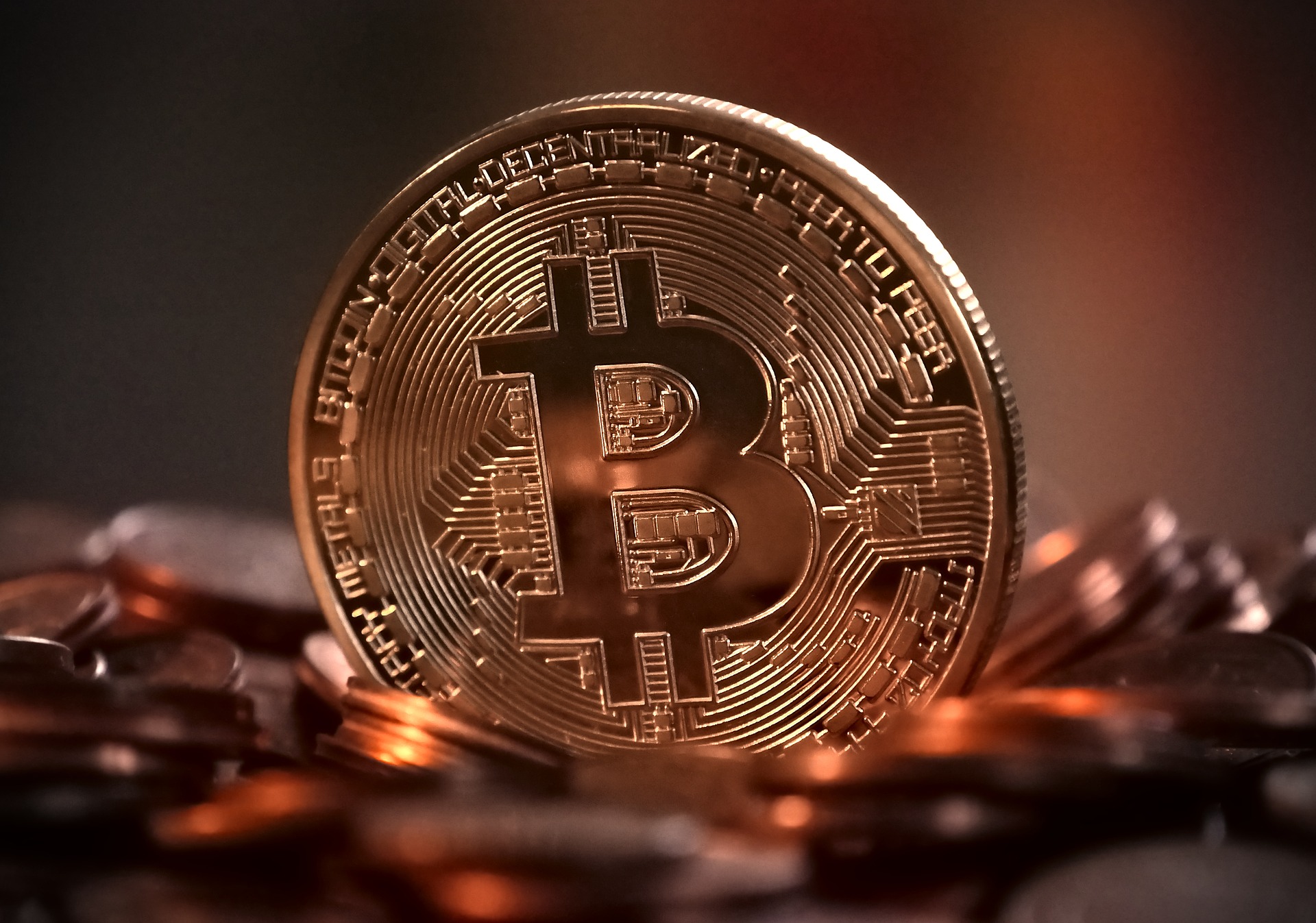 We have recently seen a discussion as to whether Bitcoin is a speculative bubble. Bitcoin and its imitations are encrypted currencies, composed of a series of software protocols for the generation of digital codes and for the tracking of transactions. As Bitcoin appreciated more than 11 times this year and exceeded $ 11,000 per unit, I still think it is behaving like a Giffen Good.
We have recently seen a discussion as to whether Bitcoin is a speculative bubble. Bitcoin and its imitations are encrypted currencies, composed of a series of software protocols for the generation of digital codes and for the tracking of transactions. As Bitcoin appreciated more than 11 times this year and exceeded $ 11,000 per unit, I still think it is behaving like a Giffen Good.
Giffen’s goods are very rare and have an upward sloping demand curve. They can be defined as goods for which the quantity demanded increases as prices rise. This is the opposite of most of the goods we know – as prices rise the quantity demanded falls. Economists often disagree with the very existence of Giffen’s goods, being the most recurrent example of the great famine in nineteenth-century Ireland.
About one million people died of hunger and epidemic diseases between 1846 and 1851, and about two million people emigrated (mainly to the United States) in less than a decade (1845-55). Potatoes were a significant part of people’s diet in that country, along with smaller portions of vegetables and meat. The price of potatoes began to rise too much because of the infestation of an oomycete (formerly considered a fungus – Phytophthora infestans), which massively destroyed the potato plantations. Considering that meat was more expensive than potatoes, when the price of potatoes went up there was a change in people’s preferences. This led to a brutal reduction in meat consumption and a higher consumption of potatoes (a more nourishing food). Most problematic in this series of events is that as a group, the Irish could not have eaten more simply because there would be fewer potatoes. Perhaps this explanation applied to some social groups in the countryside.
Whether or not this historical explanation is true, some facts are relevant. Giffen goods are inferior goods for which the income effect dominates the substitution effect. Inferiority is a necessity for a good being Giffen. The inferior good is a good for which a reduction in income is followed by an increase in the quantity consumed, that is, the inferior goods have negative income elasticity. In addition, to be a Giffen Good some normal good must have been displaced by the inferior good insofar as the price increase reduces real income.
In the case of Bitcoin, it is clear to me that as prices increase, the demand for Bitcoins has been greater, as in the case of Giffen’s Good. What only adds to this scenario are the historically low yields obtained by higher-grade bonds. The normal assets that have been shifted are the assets in the financial portfolios. This makes sense because people look at bitcoin (and other crypto-coins) to see if they fit into their portfolio or not, as they search for higher yields. The high profitability of bitcoin only brings more euphoria to the market, which was once considered exclusive to software developers. The supply curve of Bitcoins, as in the case of potatoes, is a very inelastic supply curve. Bitcoin software ensures that there is always a limited supply of currencies available. Currency mining is costly in time, in computing resources and electricity.
What can lead to the end of price increases? As with the great famine in Ireland and the lack of substitutes for potatoes, the emergence of new crypto-coins may push back the value of bitcoin. New technologies that allow mining faster and at a lower cost could also lead to the collapse of prices. Another potential threat to Giffen’s Good status may come from hackers – a number of attacks have already been observed from bitcoin thefts. The biggest threat, however, would be the increase in the yield of other higher quality assets or something that would create doubts about its authenticity.
Is Bitcoin is a speculative bubble? Yes, probably!
This blog was written by Prof. Adj. José Alcides Gobbo Junior, UNESP – São Paulo State University.
Disclaimer:
The views expressed in this analysis post are those of the authors and not necessarily those of City-REDI or the University of Birmingham
To sign up for our blog mailing list, please click here.
Image from Pixabay / MichaelWuensch CCO BY
